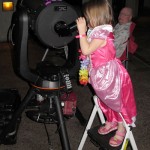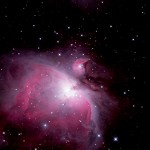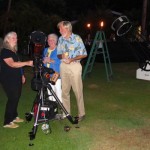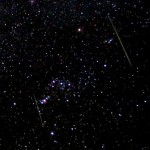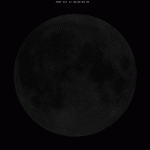To quote Douglas Adams… “Space is big. You just won’t believe how vastly, hugely, mind-bogglingly big it is.”
We are accustomed to using miles or kilometers when considering distance. These are the distances that we experience in our everyday lives. Driving to work or the supermarket, we do not travel very far compared to the distances faced by those who study the stars. Those wanting to discuss distances beyond our little planet, the distances to the stars and galaxies face a quandary… The universe is just too big, when using these familiar units the number of zeros become impractical and the numbers cease to be convenient, or even understandable. To express distances in the cosmos, astronomers just need a bigger tape measure.

In a few minutes light travels across our solar system, in a few years it can reach the nearby stars. Thus a distance unit that makes sense in astronomy… The light-year, the distance light travels in a single year. With this we have a convenient unit of distance, one that links the concepts of distance and time. A simple bit of math converts the light-year into familiar units… 9.45 trillion kilometers or 5.86 trillion miles.
Continue reading “Light-years, Light-minutes and Light-seconds”

